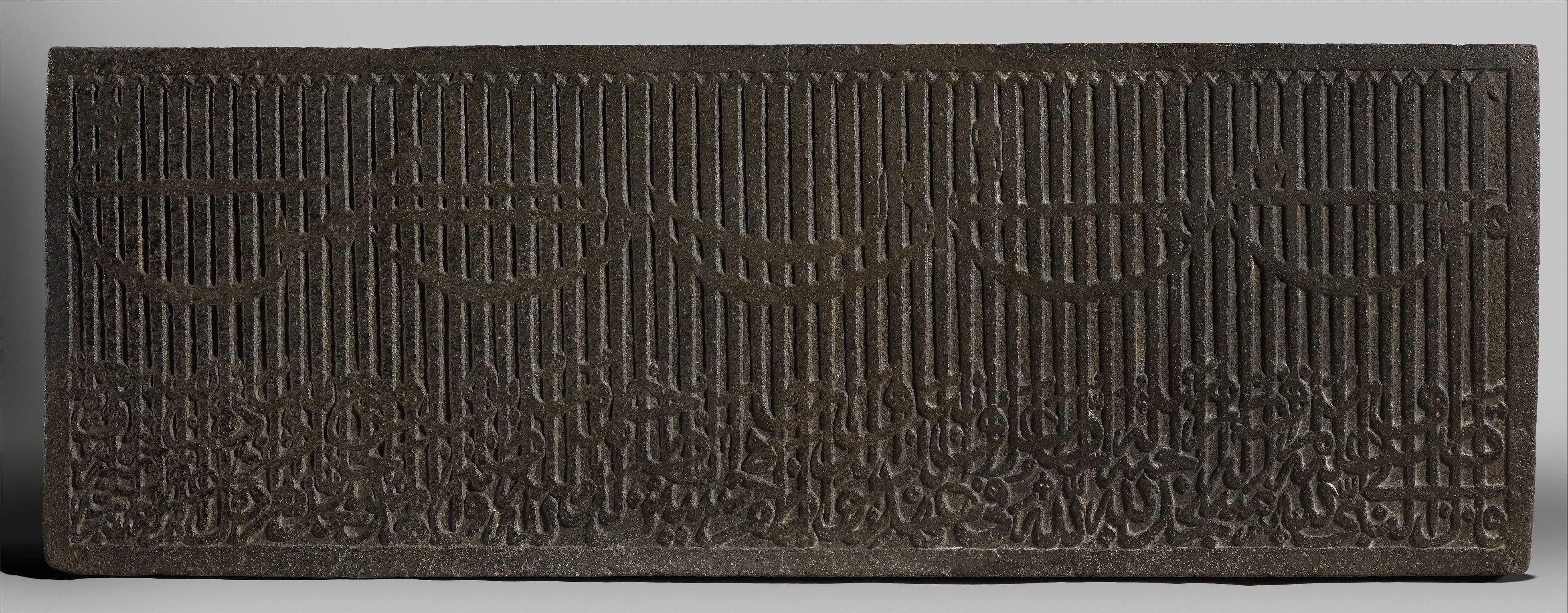ZARINA HASHMI - Craftsman as Artist
The MET's The Artist Project has allowed for unique light to be shed upon even the oldest works present within its massive collection. Beyond breathing new life into pieces and showing another side of the piece, it offers an opportunity to view works with the intamacy of someone who holds a similar practice.
The MET's The Artist Project has allowed for unique light to be shed upon even the oldest works present within its massive collection. Beyond breathing new life into pieces and showing another side of the piece, it offers an opportunity to view works with the intamacy of someone who holds a similar practice.
This applies even to the Dedicatory Inscription from a Mosque circa A.H. 905/ A.D. 1500 through the words of Zarina Hashmi, an Artist and Calligrapher. Before beginning to speak about the inscription, Hashmi mentions that she feels calling herself an artist is a bit "pompous". Her observations uniformly hold great respect for those who were responsible for crafting the inscription. From the quality of the carving to the fact that the calligraphy is carved at stone at all, she keys in on the craft of the piece instantly.
Many of the older, large format pieces present in the MET carry a sort of pretense for being feats of atristry, craftsmanship and oftentimes even technology. Hashmi makes it clear that she herself couldn't make a piece like this, that it was difficult to make, that it's an impressive work. After providing a history on the content of the inscriptions, she goes on to mention that, depsite the fact that she could not necessarily read the writing that composed the inscription, that it spoke to her "instictually".
Many of the older, large format pieces present in the MET carry a sort of pretense for being feats of atristry, craftsmanship and oftentimes even technology. Hashmi makes it clear that she herself couldn't make a piece like this, that it was difficult to make, that it's an impressive work. After providing a history on the content of the inscriptions, she goes on to mention that, depsite the fact that she could not necessarily read the writing that composed the inscription, that it spoke to her "instictually".
The native sense for observing this piece and the manner in which Hashmi recollects it all speak towards her position as equal parts craftswoman and artist. Her own work that is present in the met, Home is a Foreign Place (1999), is a painstakingly crafted series of precise and effective prints in a large folio. Though she isn't carving calligraphy into stone, the exact, clean prints labeled individually create a direct connection between her and the inscription.

No comments:
Post a Comment